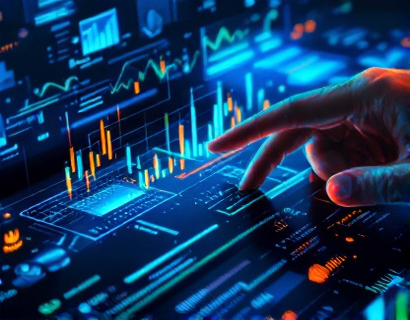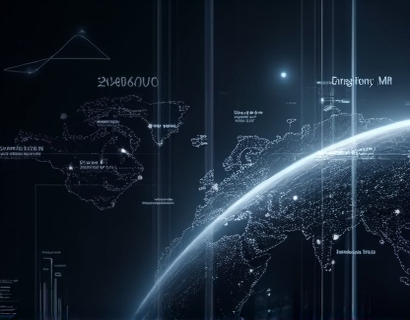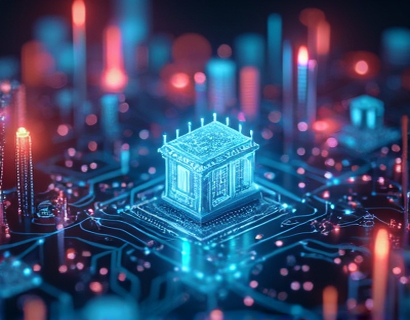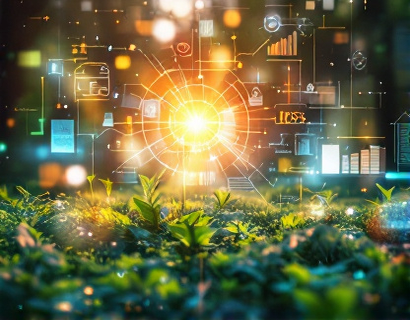Revolutionizing Aquaponics Management: Innovative Software for Sustainable Farming Success
The integration of technology in agriculture has opened new avenues for sustainable farming practices, particularly in the realm of aquaponics. Aquaponics, a symbiotic system that combines aquaculture (raising fish) and hydroponics (growing plants in water), offers a promising solution to food production challenges while minimizing environmental impact. However, managing an aquaponics system efficiently requires precise monitoring and control of various parameters to ensure the health and productivity of both fish and plants. This is where innovative software solutions come into play, transforming the way aquaponics businesses operate and contribute to a sustainable future.
The Need for Advanced Software in Aquaponics
Traditional methods of managing aquaponics systems are time-consuming and prone to human error. Manual monitoring of water quality, temperature, pH levels, and nutrient concentrations can lead to suboptimal conditions, affecting the growth and health of both fish and plants. Moreover, the complexity of maintaining a balanced ecosystem in an aquaponics setup demands real-time data analysis and automated adjustments. Advanced software solutions address these challenges by providing comprehensive tools for monitoring, controlling, and optimizing aquaponics operations.
Key Features of Innovative Aquaponics Software
Modern aquaponics software platforms offer a suite of features designed to streamline management and enhance productivity. These include:
- Real-Time Monitoring: Continuous tracking of critical parameters such as water temperature, pH, dissolved oxygen, and nutrient levels ensures that conditions remain optimal for both fish and plants.
- Automated Alerts: Instant notifications for any deviations from set parameters allow for prompt corrective actions, preventing potential issues before they escalate.
- Data Analytics: Advanced analytics tools provide insights into system performance, helping farmers make data-driven decisions to improve efficiency and yield.
- Automated Control Systems: Integration with hardware allows for automatic adjustments to maintain ideal conditions, reducing the need for manual intervention.
- Growth Monitoring: Tracking the growth and health of plants and fish over time helps in optimizing feeding schedules and harvesting times.
Benefits of Using Software in Aquaponics
The adoption of innovative software in aquaponics brings numerous benefits to farmers and the environment:
Increased Productivity: By maintaining optimal conditions, software ensures higher growth rates and better yields, leading to increased productivity and profitability.
Resource Efficiency: Precise control over water and nutrient usage minimizes waste and reduces the environmental footprint of aquaponics operations.
Reduced Labor Costs: Automation of routine tasks frees up time for farmers to focus on higher-value activities, lowering labor costs and improving overall efficiency.
Enhanced Sustainability: Sustainable farming practices are at the core of aquaponics, and software solutions support this by promoting efficient resource use and minimizing environmental impact.
Case Studies: Success Stories in Aquaponics Management
Several aquaponics farms have successfully implemented advanced software solutions, achieving remarkable results:
One farm in the Midwest USA adopted a comprehensive aquaponics management software to monitor and control their system. Within six months, they observed a 30% increase in fish growth rates and a 25% boost in plant yields. The automated alerts and data analytics tools helped the farm staff make timely adjustments, leading to a more stable and productive system.
Another example is a commercial aquaponics operation in Australia that integrated an advanced software platform to manage their large-scale setup. The software's real-time monitoring and automated control features reduced the farm's water usage by 20% and decreased the need for manual interventions by 40%. These improvements not only enhanced sustainability but also significantly reduced operational costs.
Challenges and Considerations
While the benefits of software in aquaponics are clear, there are several challenges and considerations to keep in mind:
First, the initial investment in software and compatible hardware can be substantial. However, the long-term savings and increased productivity often justify the upfront costs. It's essential for farmers to conduct a thorough cost-benefit analysis before implementing new technology.
Second, the complexity of some software systems may require training for farm staff. Choosing user-friendly platforms with robust customer support can mitigate this issue. Many software providers offer training sessions and detailed documentation to ensure smooth adoption.
Third, data security and privacy are critical concerns. Farmers should select software providers that prioritize data protection and comply with relevant regulations.
Future Trends in Aquaponics Software
The aquaponics industry is rapidly evolving, and software solutions are at the forefront of this transformation. Future trends include:
1.Artificial Intelligence and Machine Learning: AI-driven systems will enhance predictive analytics, allowing for more proactive management and optimization of aquaponics operations.
2.Internet of Things (IoT): Increased integration of IoT devices will enable more granular monitoring and control, further improving system efficiency.
3.Cloud-Based Solutions: Cloud platforms will provide scalable and accessible solutions, allowing farmers to manage their systems from anywhere with an internet connection.
4.Integrated Ecosystem Management: Software will increasingly focus on holistic system management, considering the interdependencies between fish, plants, and the environment for optimal performance.
Conclusion
The integration of innovative software in aquaponics management is revolutionizing the way sustainable farming is practiced. By providing powerful tools for monitoring, controlling, and optimizing aquaponics systems, these solutions enhance productivity, resource efficiency, and environmental sustainability. As the industry continues to evolve, embracing advanced technology will be crucial for aquaponics farmers aiming to succeed in a competitive and environmentally conscious market. Join the movement towards a healthier planet by leveraging the power of software in your aquaponics operation.










































